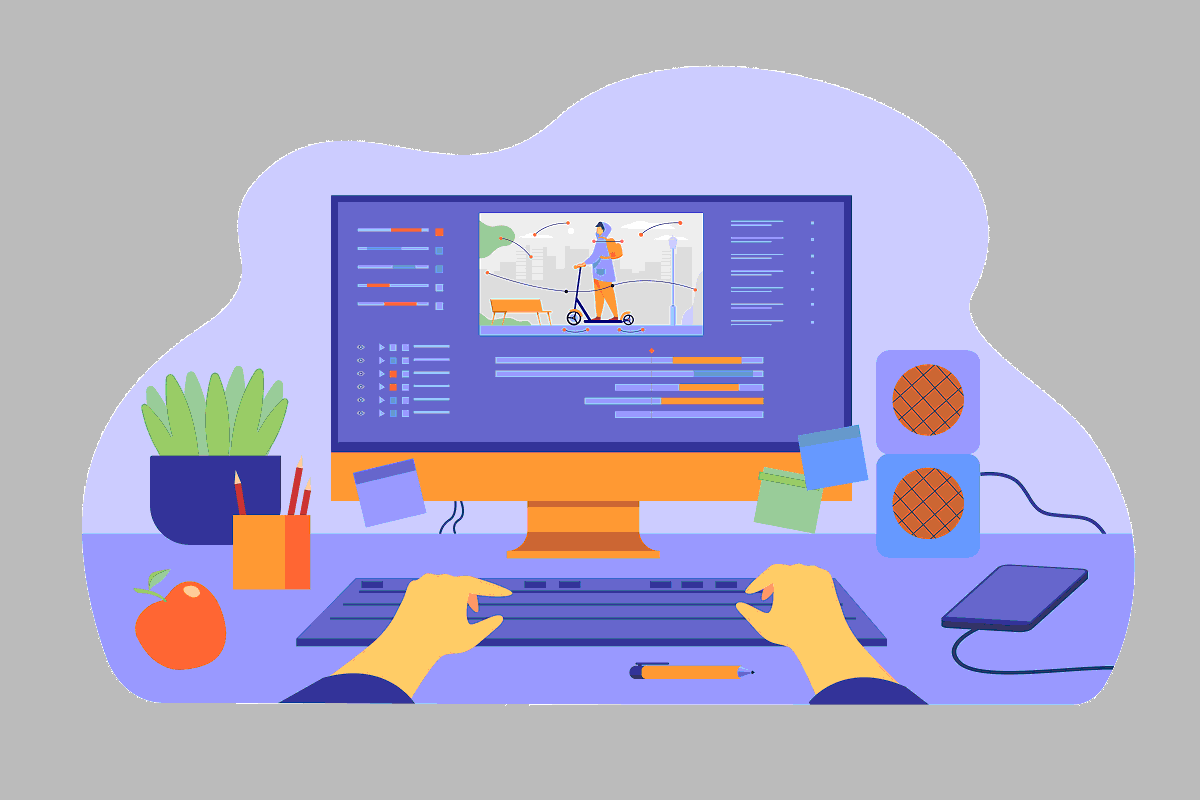
In today's digital age, the importance of protecting personal and sensitive information from theft and unauthorized access cannot be overstated. With the increasing number of data breaches and cyber attacks, it is crucial to understand what information theft and unauthorized computer access are and how to prevent them.
Definition of Information Theft and Unauthorized Computer Access
Information theft refers to the act of stealing sensitive or confidential information, such as personal data, financial information, and trade secrets, through unauthorized means. This can be achieved through hacking, phishing, or social engineering tactics.
Unauthorized computer access, on the other hand, is the act of accessing a computer, network, or software without proper authorization. This can be done by a hacker or an employee who gains access to sensitive information without permission.
Types of Information Theft and Unauthorized Computer Access
There are several types of information theft and unauthorized computer access, including:
- Hacking: This involves using technical skills to gain unauthorized access to a computer system or network.
- Phishing: This is a form of social engineering where a attacker tries to trick a person into revealing confidential information, such as passwords or credit card numbers.
- Social engineering: This involves manipulating individuals into divulging confidential information or giving access to a computer system or network.
- Insider threat: This refers to the act of an employee or contractor who has authorized access to a computer system or network using that access to steal information or cause harm.
Causes and Consequences of Information Theft and Unauthorized Computer Access
There are several factors that contribute to information theft and unauthorized computer access, including weak passwords, outdated software, and lack of employee training. The consequences of such incidents can be severe, ranging from financial losses, loss of reputation, and identity theft.
Preventative Measures for Information Theft and Unauthorized Computer Access
There are several preventative measures that individuals and businesses can take to protect against information theft and unauthorized computer access, including:
- Use strong and unique passwords
- Enable two-factor authentication
- Keep software up-to-date
- Educate employees about cyber threats and security best practices
- Regularly backup important data
- Implement network security measures, such as firewalls and encryption
Latest Statistics and Case Studies
According to a recent report, in 2020, there were over 4,000 data breaches in the United States alone. This resulted in a staggering amount of personal and sensitive information being exposed to potential harm. The average cost of a data breach globally in 2019 was $3.86 million.
One well-known example of a data breach is the Equifax data breach in 2017. This resulted in the personal information of over 147 million people being compromised, including Social Security numbers, birth dates, and addresses. This breach had severe consequences, including financial losses and damage to Equifax's reputation.
Conclusion
Information theft and unauthorized computer access are serious threats in today's digital age. By understanding what they are and taking preventative measures, individuals and businesses can protect themselves from the consequences of such incidents. Using strong passwords, enabling two-factor authentication, and regularly updating software can greatly reduce the risk of unauthorized access. Staying informed and proactive about cybersecurity and data protection is essential for protecting sensitive information and personal data.
Computer Computer Science




